In part one, we featured creative Community Learning mini-course ideas. In this article, the second of three – we add the participation piece of the equation and share a poignant story.

My children’s first foray into the world of Community Learning began in the stroller.
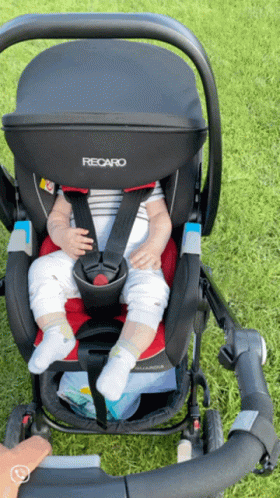
By volunteering with my little ones at a local assisted living facility, I hoped to encourage respect for the elderly and foster a compassionate, caring mindset in my children.

I wanted my kids to learn to see beyond oxygen tubes and cumbersome medical equipment and discover the depth of individuals, with incredible life stories and wisdom to share.
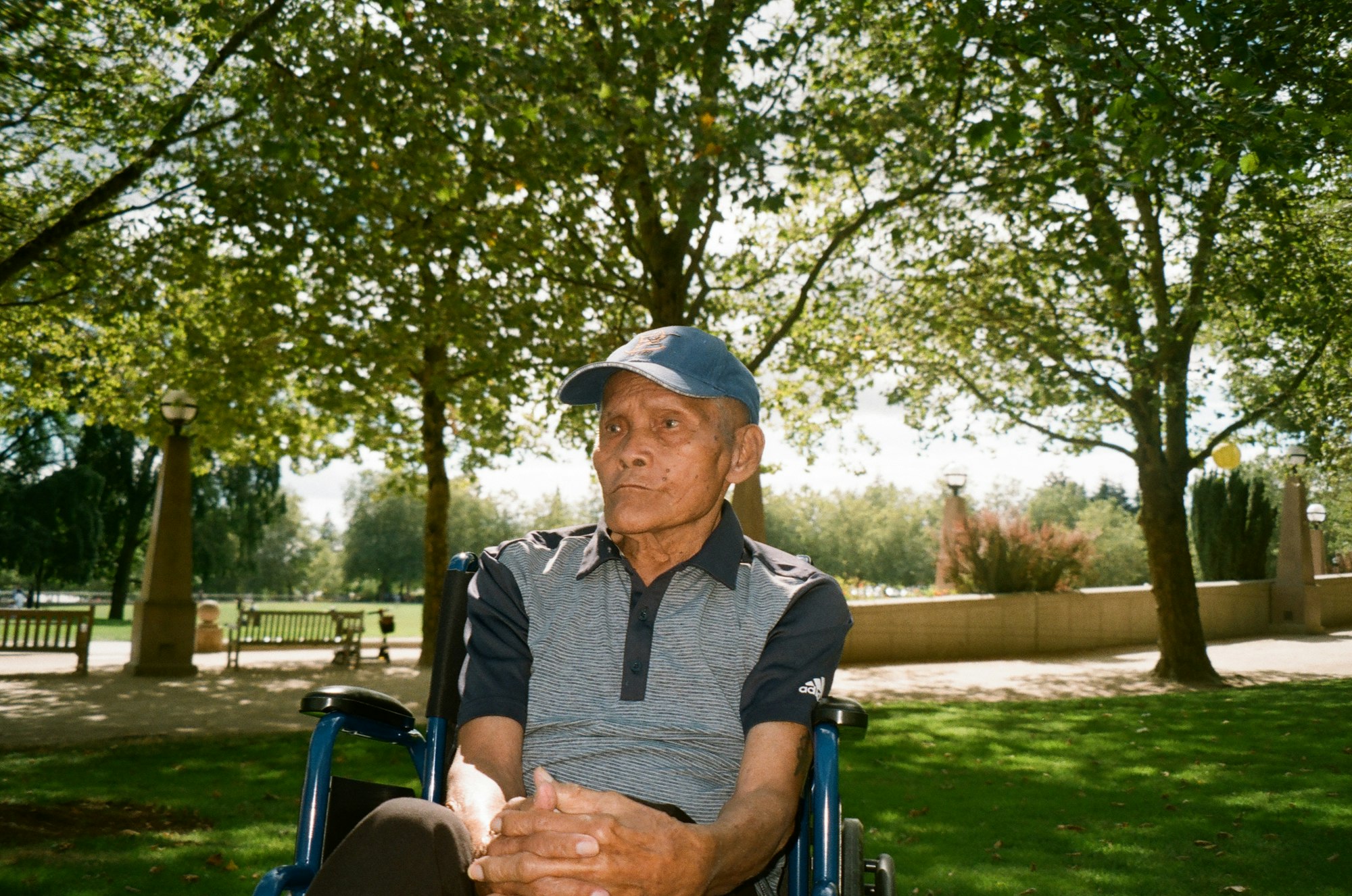
The Activities Director expressed excitement when I inquired about volunteer opportunities, so I packed up the kiddos and we zipped off to brainstorm possibilities.
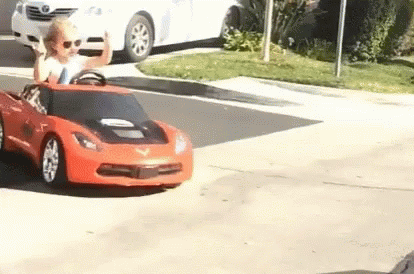
Our efforts began humbly. We walked up and down hallways and stopped in residents’ rooms to chat for a few minutes. Peoples’ faces lit up like sunbeams, seeing and hearing small children chattering and giggling nearby.

Over time, my children learned to converse with the residents. They learned to listen. They learned patience when an elderly person needed time to communicate ideas and stories. They learned to give grace when a sentence didn’t make sense or individuals repeated themselves multiple times. They learned to ask questions about people’s lives and engage with genuine interest. They learned to respect the rooms and belongings of residents. They learned not to be fazed when meeting seniors who were physically immobile or unable to communicate.
One holiday season, we strolled the corridors on Christmas Eve, singing carols and popping into residents’ rooms to spread holiday cheer. It was sobering to see how deserted the home was that night…a silent, impressionable life lesson.

As my children grew and matured, so did our involvement. We graduated from room visitors to full-fledged craft makers! During hands-on sessions, we helped residents make fun decorations – Fourth of July door hangers, Valentine’s Day magnets, Thanksgiving turkeys and more!
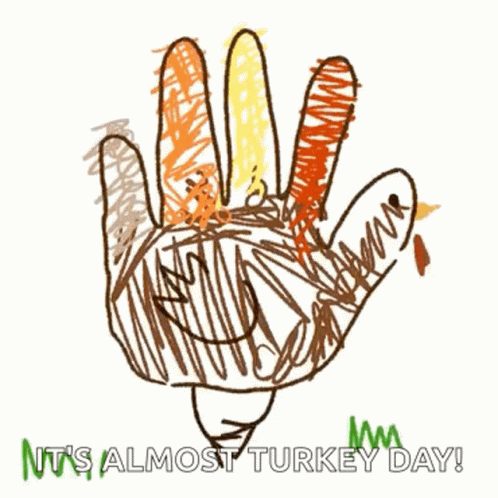
Group read-alouds opened the door of public speaking for my children and gave the gift of youthful voices and laughter to residents. My kiddos brought story books from home. It didn’t matter what they were reading – the seniors loved hearing any story, multiple times!
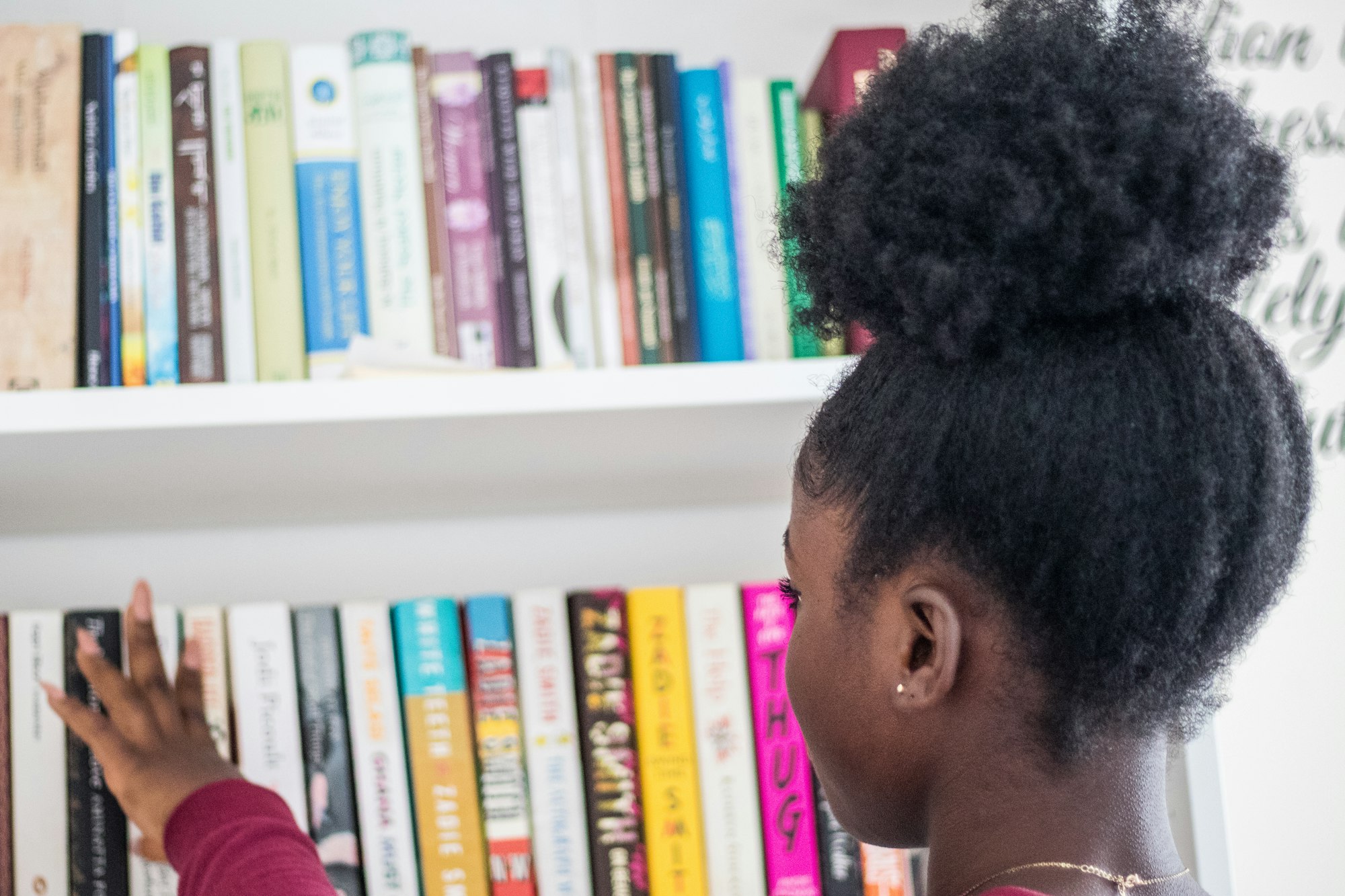
Next came piano “concerts.” One holiday season, a group of seniors gathered round as my children played familiar tunes. During one of the songs, an elderly woman burst into song, her voice beautiful and crystal-clear. Later, the Activities Director told me that the woman whose voice rang out like silver bells had not spoken in a few years, but during her working life, she had been a music director.
As you plan Community Learning participation for your students, consider these basic guidelines.
Community Learning doesn’t have to be complicated or grandiose. Often, the most engaging opportunities start with baby steps and expand with learners’ growing capabilities.

With young students, parental/teacher modeling is key, because children do not possess the independent skills or means to access or do service activities without supervision and coaching.

Focus on learners’ ages as you build Community Learning mini-courses. Offer different participatory activities at one venue to pique the interest of varied grade levels.
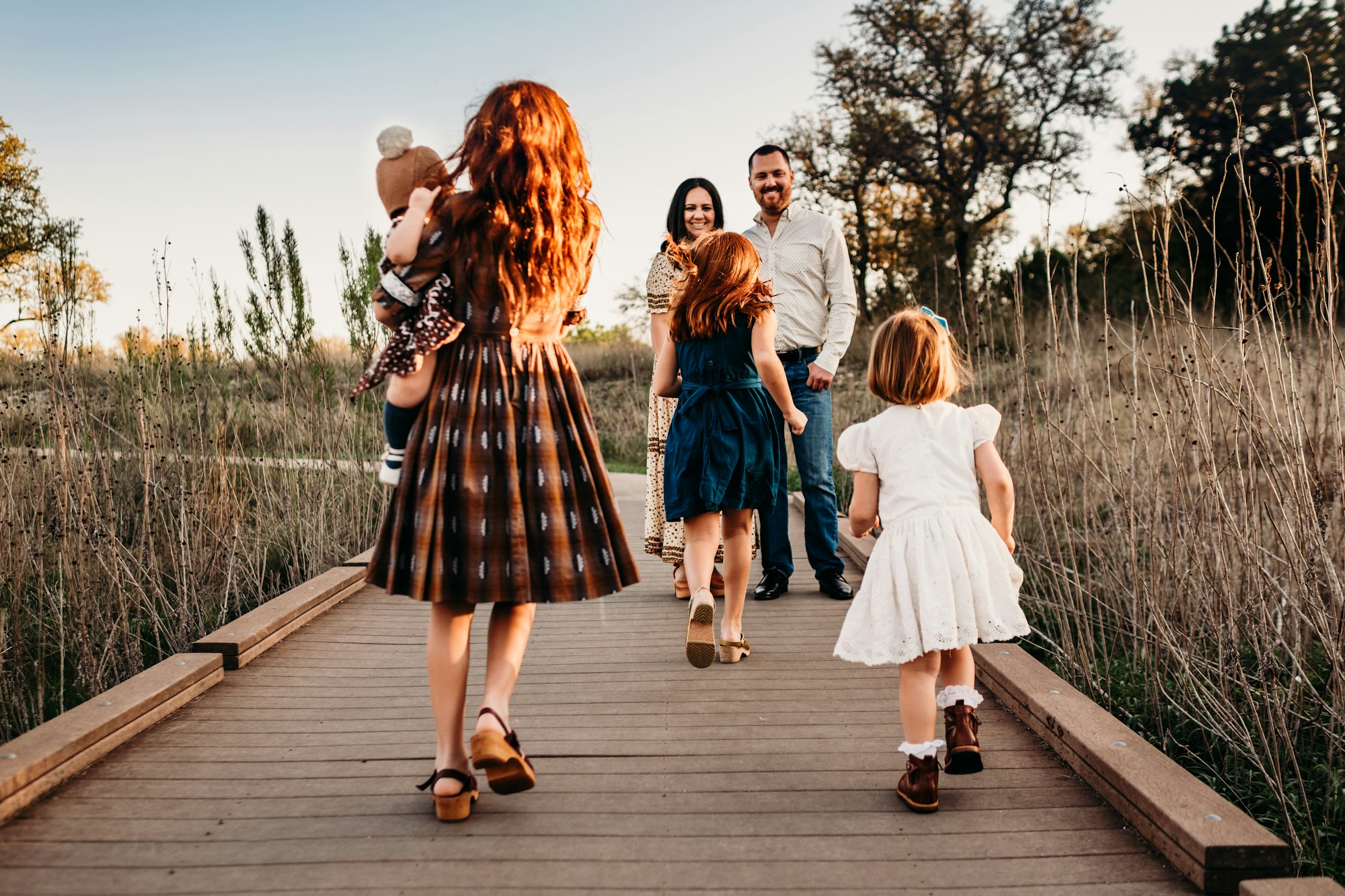
Community Learning taught my family the value of bringing joy to people we didn’t know and connected us to a community in need. Plant the idea seeds of service in your learners’ younger years. Water and fertilize them over time. With nurturing, they will bring beauty into your students’ – and others’ lives.

Create a Community-Led Classroom Step into the world of teacherpreneurship with a community-first approach. Learn how to navigate, harness, and start building your heart-led community, setting the foundation for a successful teaching business or microschool journey.






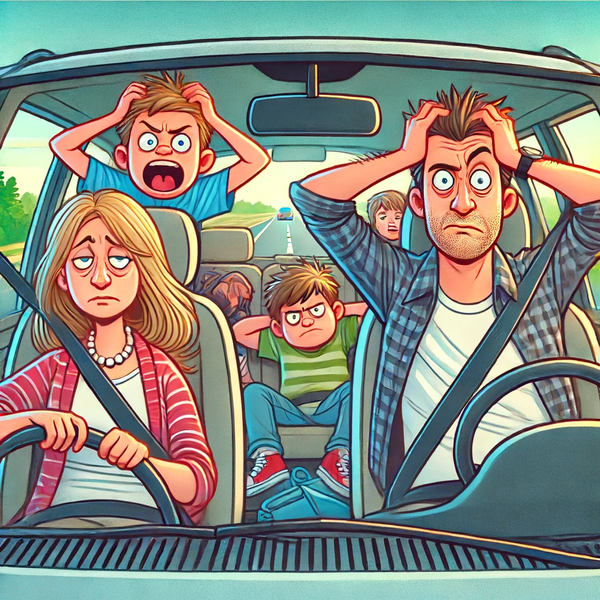



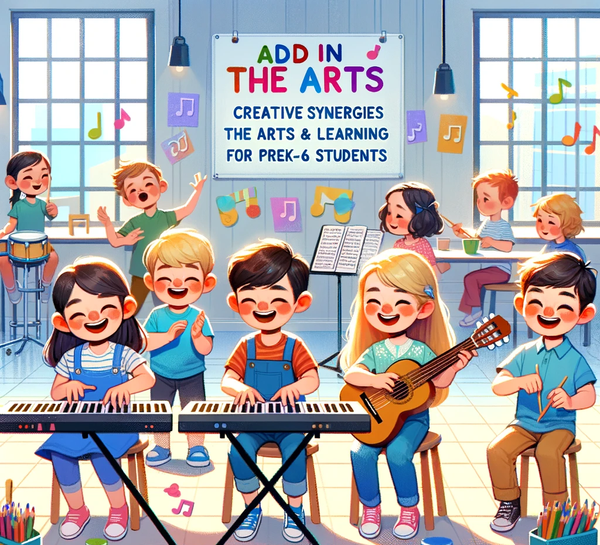
Member discussion